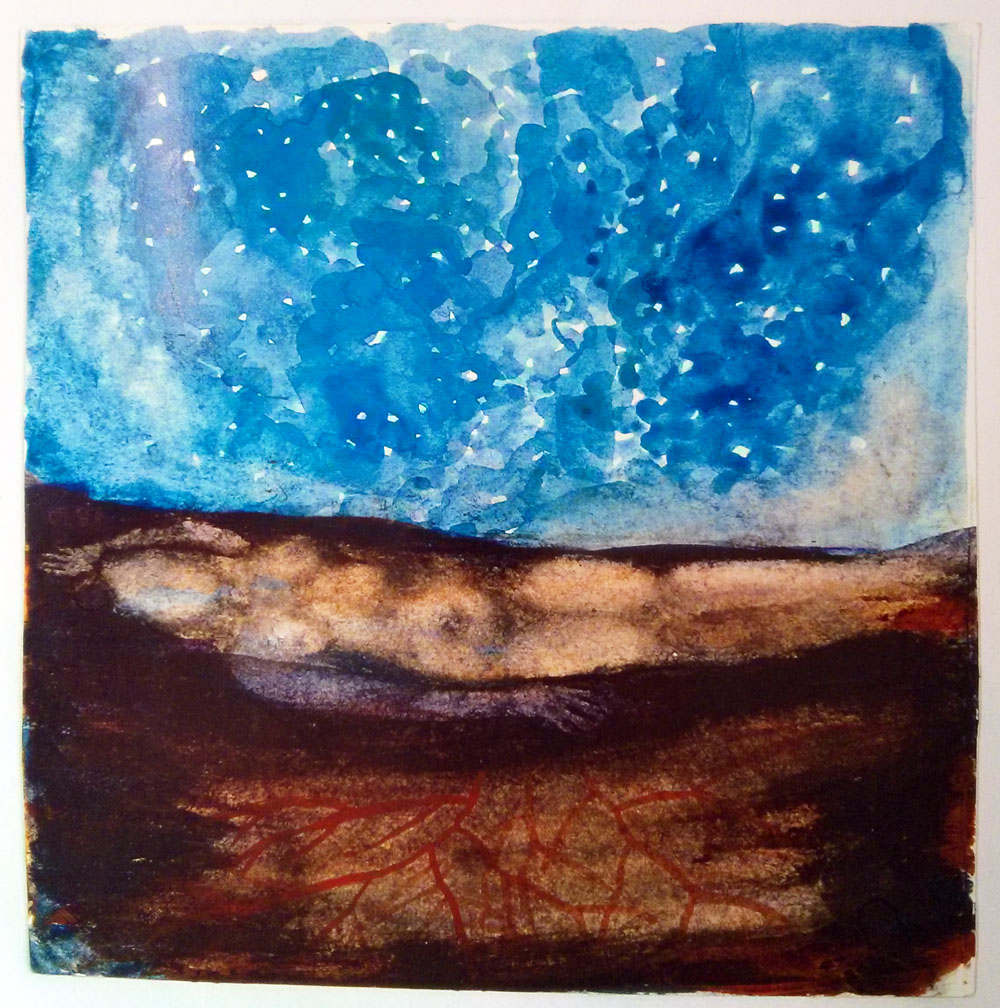

In fact, Lansky’s project would go on to save over 1.5 million volumes, from famous writers like Sholem Aleichem and I. When they began, scholars thought that fewer than seventy thousand Yiddish books existed. He and a team of volunteers salvaged books from dusty attics, crumbling basements, demolition sites, and dumpsters. Lansky’s passion led him to travel from house to house collecting the books-and the stories of these Jewish refugees and the vibrant intellectual world they inhabited.

So Aaron Lansky, a twenty-three-year-old graduate student, issued a worldwide appeal for unwanted Yiddish works. Precious volumes that had survived Hitler and Stalin were being passed down from older generations of immigrants to their non-Yiddish-speaking children, only to be discarded or destroyed. In 1980 an entire body of Jewish literature-the physical remnant of Yiddish culture-was on the verge of extinction. This true story of a quest to save Jewish literature is “a detective story, a profound history lesson, and a poignant evocation of a bygone world” (The Boston Globe). We only index and link to content provided by other sites. She realized Yiddish had a certain cachet, and grasped how singular and important was Montreal’s vibrant network of Yiddish schools and cultural institutions.Disclaimer: This site does not store any files on its server. Then Margolis moved to New York, where she met Yiddish poets and activists, immersed herself in the culture and met Pakistani cab drivers who used Yiddish curses without even knowing it. “For me, Yiddish was a cool secret language I spoke with my friends when we didn’t want anyone to know what we were saying, but I didn’t really understand why we were studying it.”Įven when she signed up for a Yiddish class in university, she admits her main motivation was “an easy A.” Growing up in the 1980s in Montreal, Rebecca Margolis learned Yiddish in school and thought everyone’s grandmother was a Holocaust survivor with a deep attachment to the language of their eastern European Jewish heritage.

The Gazette’s Peggy Curan sat down with Margolis to talk about Yiddish’s chutzpah. In Jewish Roots, Canadian Soil, Rebecca Margolis shows that Montreal’s vibrant Yiddish culture is the legacy of a driven group of the city’s Jews who devoted themselves to the revitalization of the Jewish community, creating a long-lasting infrastructure and institutions that have bolstered Yiddish identity.


 0 kommentar(er)
0 kommentar(er)
